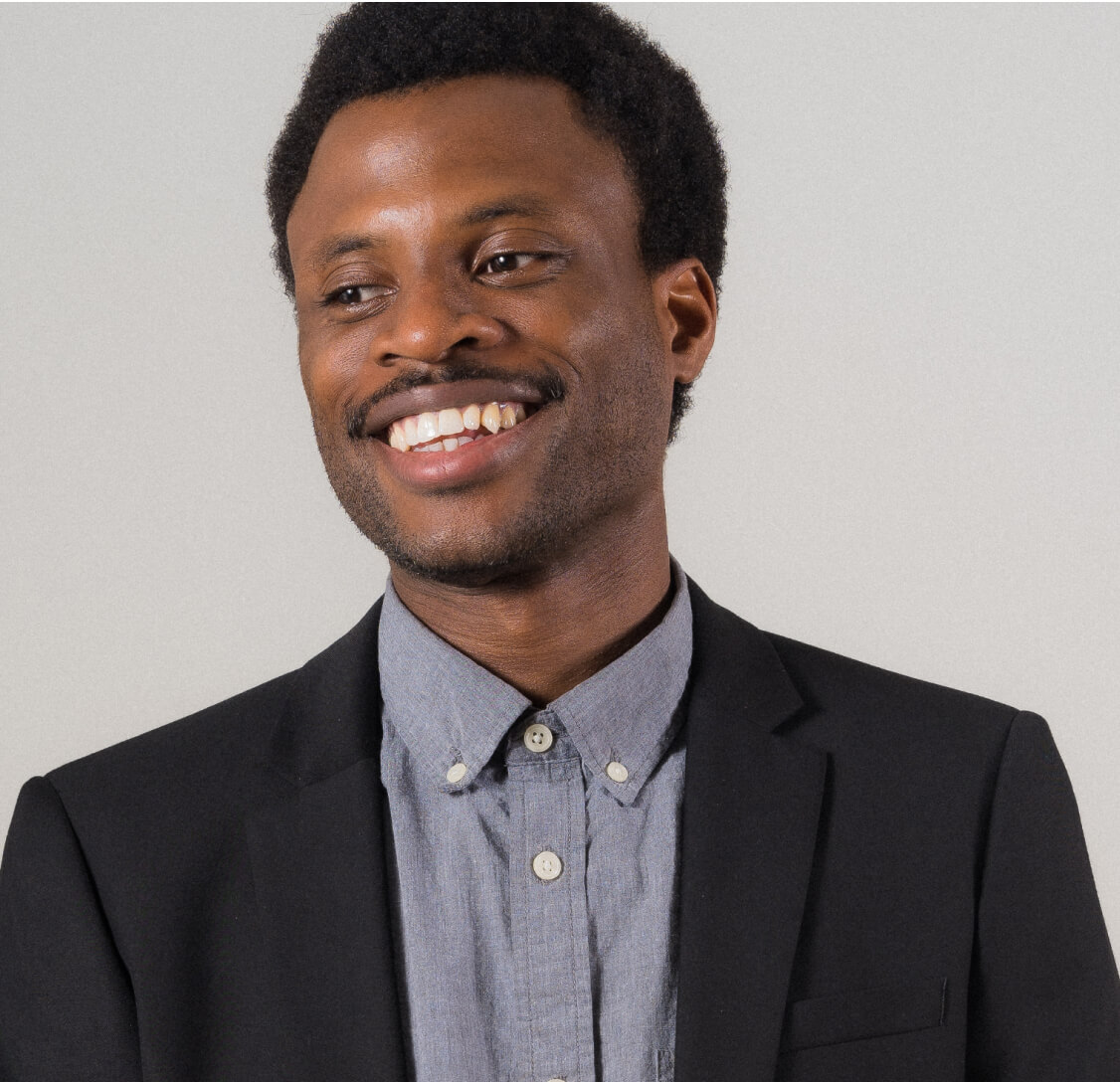Owning a home in Canada is a goal many newcomers dream of achieving. Unlike other smaller assets, buying a home or property involves a significant amount of financial investment.
As a newcomer, you may have many questions about the process of financing your first home in Canada. In this article, we will walk you through the basics of getting a mortgage, outline the hidden costs, and share some budgeting tips and advice to help you buy a home.
What is a mortgage?
A mortgage is a loan from a bank or a lender. It enables a potential buyer to purchase a home or a property without having to pay the full amount by themselves. The maximum mortgage offered by a bank is 95 per cent, with some limitations.
Fixed vs variable mortgage rates
In Canada, mortgages have two types of interest rates. Borrowers can choose between –
- A fixed interest rate: Does not fluctuate and is applicable for a pre-defined time period (called a “term”). Generally, the term most people opt for is five years.
- A variable interest rate: Fluctuates based on the prime lending rate – which is primarily influenced by the policy interest rate set by the Bank of Canada (BoC). The prime lending rate is the annual interest rate that Canada’s major banks and financial institutions use to set interest rates for variable loans and lines of credit, including variable-rate mortgages. Depending on your financial institution or the lender, you may be able to switch from a variable interest rate to a fixed-rate at no additional cost. Be sure to check with your lender of any payment changes based on the prime rate and review all potential risks.
| Learn more about the process of renting and buying property in Canada by downloading the free Housing Guide. Whether you’re looking to find temporary accommodation for your first few weeks or if you’re looking for a more permanent, long-term option, this guide will provide resources, tips, and advice to ensure you are making the right decisions on housing for you and your family. |
5 steps to finance your first home in Canada
1. Reach out to a mortgage specialist
The first step in buying a home or any property in Canada is to reach out to a financial institution or lender that does mortgages. They will be able to guide you considering your own unique situation.
Generally speaking, there are three main requirements to be fulfilled as part of a mortgage application:
- A down payment: This is the cash that you would pay for the purchase of your house or property. In Canada there is a minimum down payment that is required and the amount depends on the price of the home you are buying. You will need to pay five per cent of the first $500,000 of the home cost, 10 per cent of the home cost beyond $500,000 and up to $1,000,000, and 20 per cent for any remaining cost above $1,000,000. So for example, the minimum down payment required for a home worth $700,000 would be $25,000 (5 per cent of the first $500,000) + $20,000 (10 per cent of the remaining $200,000) = $45,000.
- Credit history: Borrowers are usually expected to provide Canadian credit history, which most newcomer do not have upon arrival in Canada. However, some banks, like RBC, provide home financing options that meet newcomers needs. You may be eligible for a mortgage, even without Canadian credit history, if you have foreign income, investment income, or stable employment in Canada. Note that building good credit history takes time; therefore, get started as soon as you move to Canada.
- Assurance of mortgage repayment: The financial institution or lender will typically assess the means through which you would be able to repay the loan. Existing sources of income (with a 90-day history) and your potential to earn an income in Canada are taken into consideration while approving a mortgage application.
Documents that may be required for a mortgage:
|
|---|
| Whether you’re ready to buy a home or just starting to save for a down payment, RBC can help you get settled faster. Book an appointment with an RBC Advisor to speak with a mortgage specialist who can sit down with you one-on-one to help you make the right decision. Once you have your appointment booked, an advisor will reach out to check whether you’d like to meet via phone, video or in-branch. |
2. Get pre-approved and budget for your new home
Next, it is recommended to get pre-approved for a mortgage. Having pre-approval indicates that you’ve met the basic eligibility criteria (down payment, credit history, and income) for getting a mortgage. As part of the pre-approval process, the bank will let you know the maximum purchase price and outline the down payment.
Once all required documents are provided, a pre-approval can be granted within a short period of time.
Tips for planning and budgeting to buy a home:
|
|---|
3. Submit mortgage application after finding a home or property you’d like to buy
If you had your mortgage application pre-approved, the final approval process could take up to a week. But there’s no need to worry because your application will be prioritized to meet the financing condition date mentioned on your purchase contract.
If you didn’t have pre-approval, as long as you are able to provide all the required documentation in a timely manner, it could still take the same time to be approved. Pre-approvals are recommended prior to finding a home/property to avoid any delay in completing your purchase – and to ensure you have time to gather all required documents.
5. Repaying the mortgage
Most borrowers set up a mortgage that’s repaid over a 25-year time period. Usually, you have the ability to make extra payments – this will help reduce amortization and the duration of the mortgage.
If you default on a mortgage payment and continue to default, you could potentially risk losing your home.
If you decide to sell your home/property before you’ve finished paying off the mortgage, money earned from the sale would be used to pay off the remainder of your mortgage, and any additional amount would be paid to you as equity of the property.
| Buying a house within the first few months of moving to Canada
You may qualify for a mortgage to buy a house or property within the first few months of moving to Canada, if you’re able to meet the basic criteria of down payment, credit history and/or assets, and are able to show a steady income. Note that if you opt for a down payment of less than 20 per cent of the purchase cost, you need to show at least three months of full-time employment in Canada. |
|---|
Keeping up with financial requirements while buying a house can be challenging. As a first-time home-buyer in Canada, ensure your financial advisor or mortgage specialist is experienced, knowledgeable, and is fully aware of the home buying process. And once you’ve found the home or property you want to buy, be sure to iron out all the details with a trusted financial advisor because you’re in it for the long haul.




